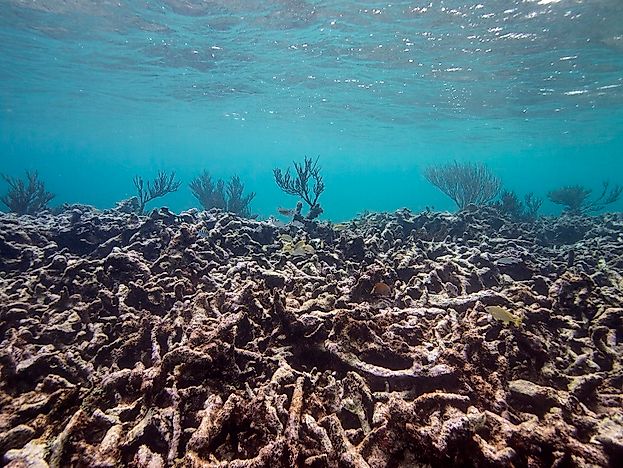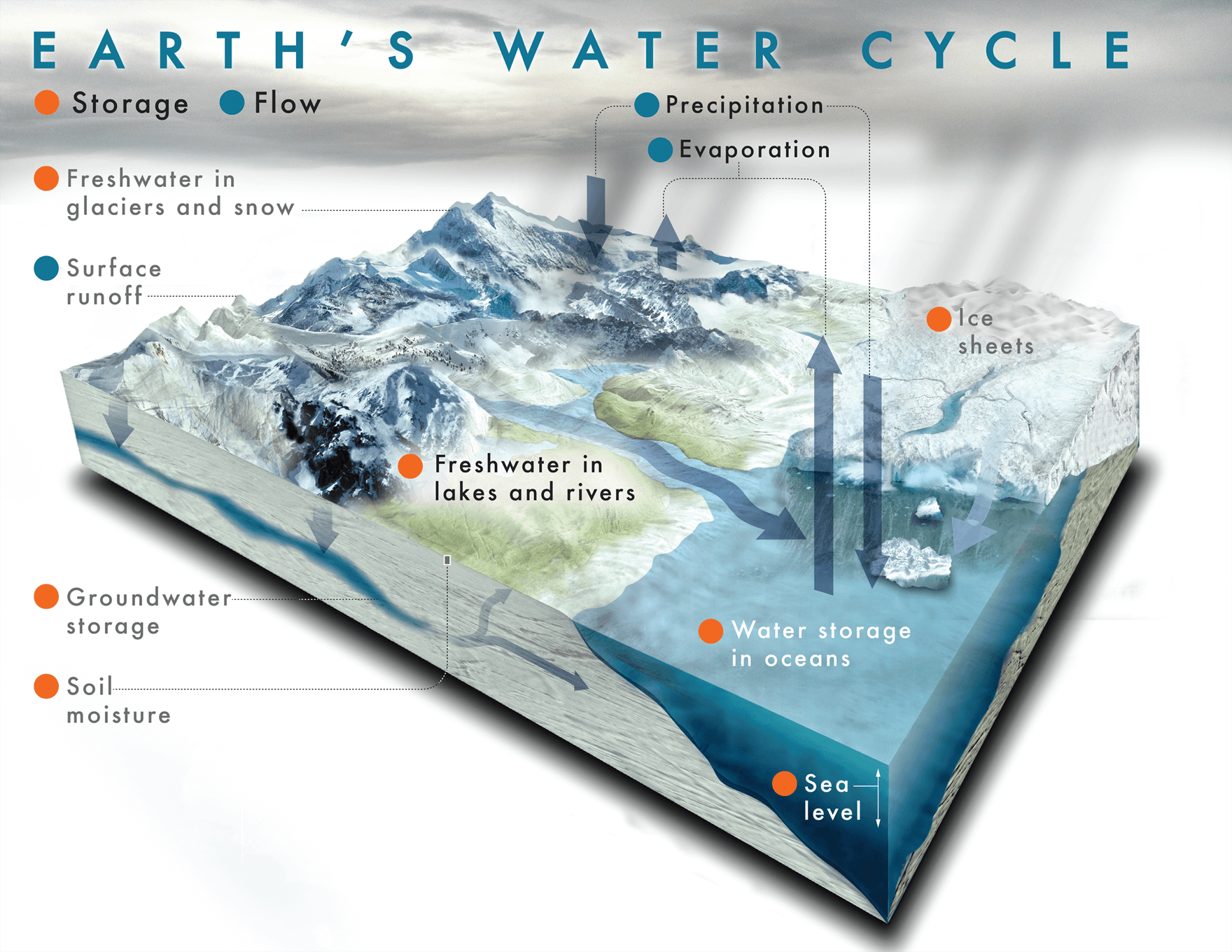My poem about me:
Who hated racism and people who would discriminate against others for their cultures, beliefs and who they were as a person.
Who loved equality and human rights towards both men and women.
Who feared that racism was never going to end, that people wouldn’t accept who she was, that generations in the future would take after this one and the hatred and discrimination will continue towards people.
Who wants to help make a difference and change the way people think because we are all equal, we are all human.
Who wanted to see the society around us become a happier and safer place for everyone.
My poem with May:
We are who we are
We shouldn't pretend to be anyone else
We won't change for you
So just let it be
I won't waste my time
Trying to change me
I'm not a fake
And I'm unwilling to break
Accept what you see
And just let me be
Here's a video of all the poems that 7/8WH and 7/8AL:
Here is the link aswell if the video doesn't work - https://drive.google.com/drive/folders/1tsoYczj7mTAmAMDwVwl_npH4wiPWwYaj














